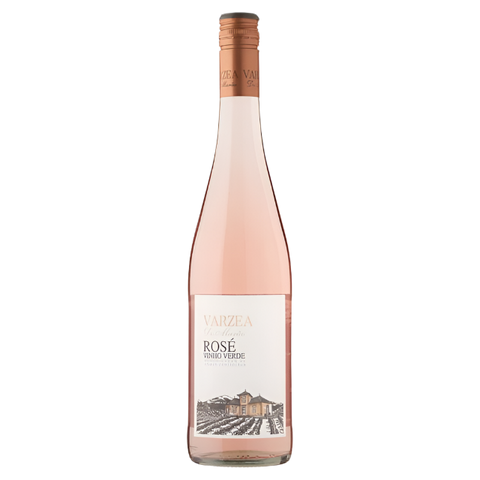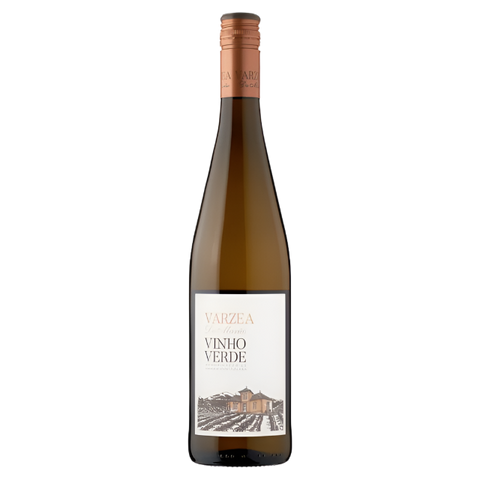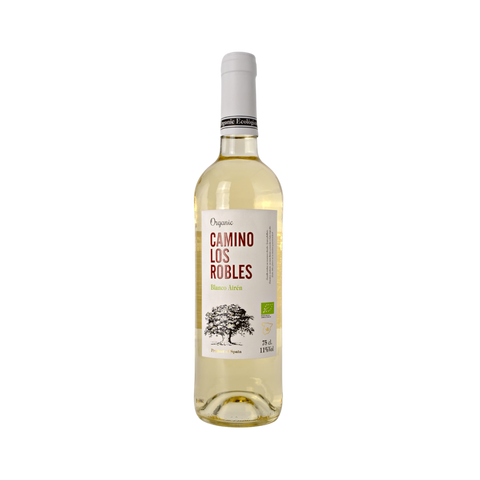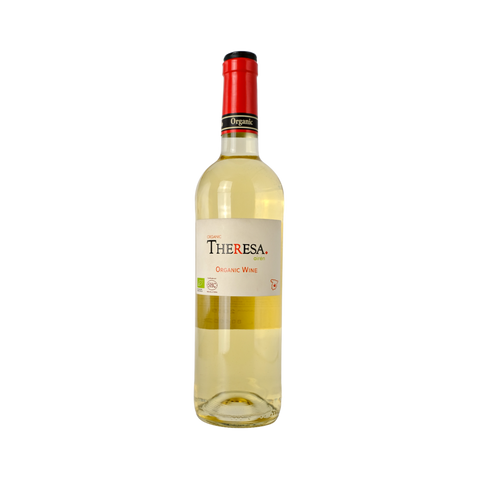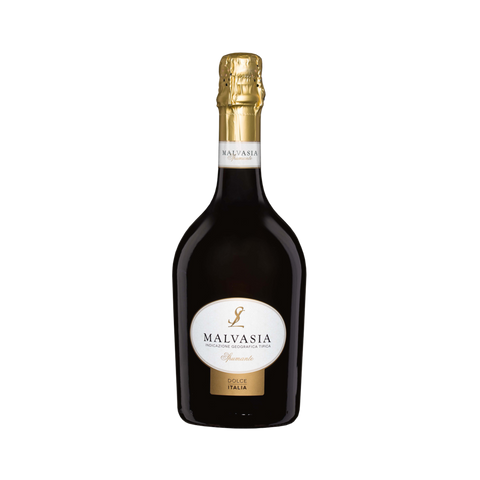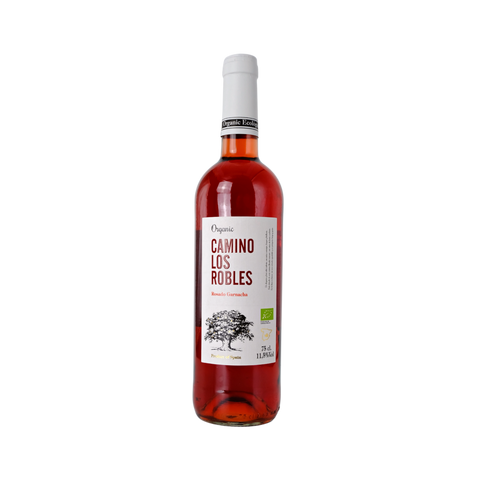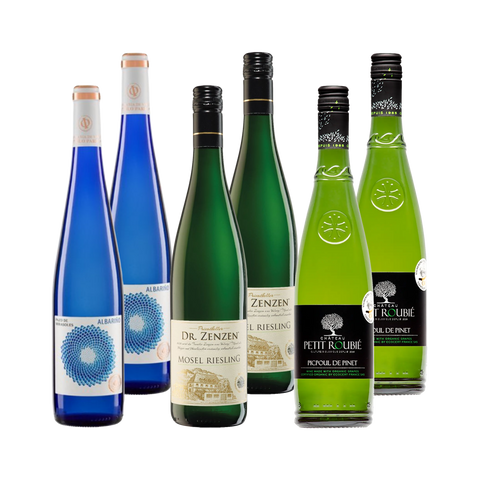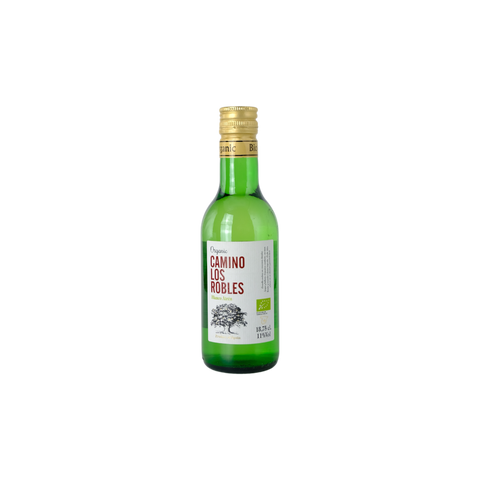The term low-alcohol wine refers to a wine with a lower alcohol content than that of a standard wine. There is no universally accepted definition. Low-alcohol wine typically contains less alcohol by volume (ABV), often in the range of 5% to 10%. This can vary depending on the style of wine, the grape variety, the method of production and the intention of the winemaker.
Low alcohol wines, whether they are low alcohol red wine or low alcohol white wine, are generally classified on the basis of their alcohol by volume (ABV) content. Although there is no universally accepted definition, the term low alcohol wine is usually used to refer to wines with an ABV content below a certain threshold. Here's how low-alcohol wines are generally classified on the basis of their ABV content:
Very low alcohol wine:
ABV: less than 5.5%.
Examples: Some German and Austrian wines that are labelled as 'feinherb' or 'halbtrocken' (off-dry), certain Vinho Verde wines, and certain styles of Moscato d'Asti.
Low-alcohol wine:
ABV: between 5.5% and 9.5%.
Examples: Many German Rieslings, some Italian Lambruscos, some Vinho Verde wines and lighter styles of rosé wine.
Moderately low alcohol wine:
ABV: Between 9.5% and 11.5%.
Examples: Some lighter red wines such as Beaujolais Nouveau, certain styles of sparkling wine such as Prosecco, and certain white wines from regions with cooler climates.
Lighter styles of standard wines:
Some standard wines that fall below the typical ABV range for their category may also be considered low alcohol. For example, compared to other Chardonnays with ABVs in the 13% to 14% range, a Chardonnay with an ABV of 11% may be considered low alcohol.
These classifications are approximate and may vary as a result of regional standards, winemaking practices, grape varieties and the style of wine being produced. Winemakers can achieve lower alcohol levels while maintaining the balance and flavour of the wine through various techniques such as early harvesting, fermentation control and blending.

